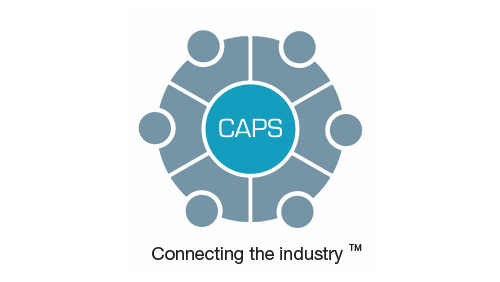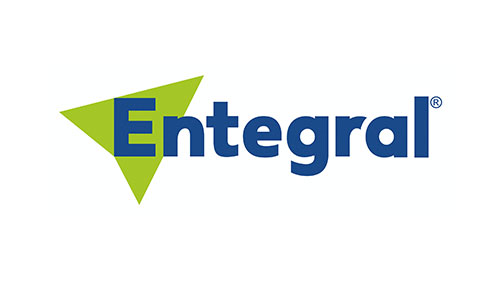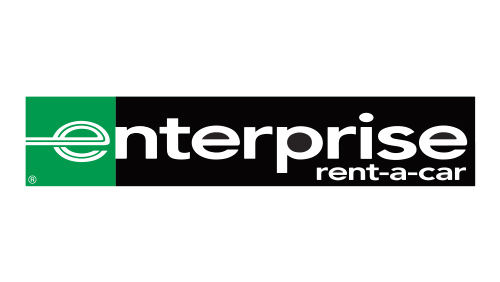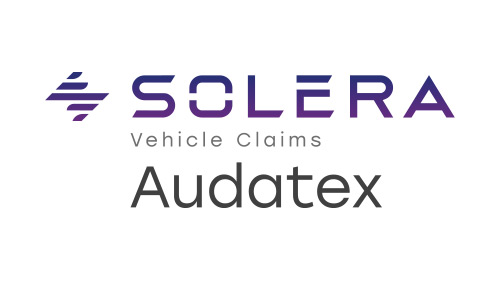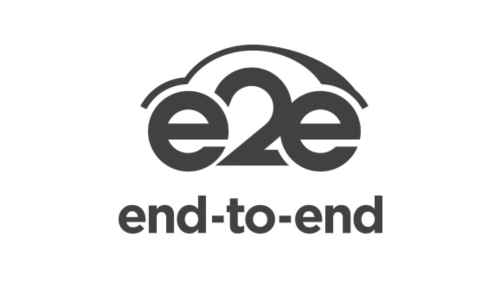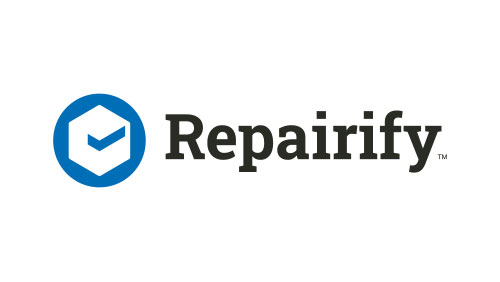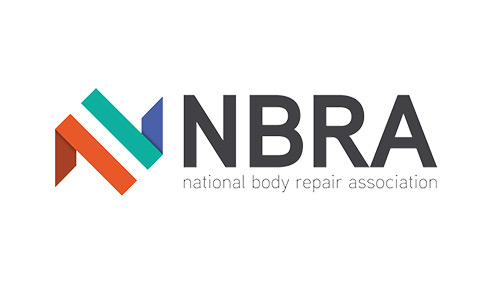Co-operation with the supply chain was the fundamental message of a session entitled, ‘The new dynamics in insurance claims’, which took place at ARC360’s Future Vehicle Technology themed conference recently.
Apart from greater efficiencies, cost savings and improved sustainability, the session emphasised how important the supply chain is in helping insurers achieve Consumer Duty compliance.
Taking part in the panel discussion were Andrew Jobling, Supply Chain Lead, UKGI Supply Chain, Aviva; Ulrike Lucas, Head of Procurement and Supply, Allianz Claims, Allianz; and Dawn Marsden, Head of Claims Supplier Management and Engineering Services, esure.
Consumer Duty
Andrew said, “Consumer Duty has reared its head again because we’ve got to provide our annual summary to the FCA (Financial Conduct Authority). For us, it means producing good outcomes for our customers in every facet of the claim and then being able to evidence it to the FCA.
“Ultimately, it’s our supply chain that delivers the service and there is a big requirement to evidence the quality of that service. So, if you aren’t already being asked for more evidence, that is 100% coming because it is a critical part of Consumer Duty.”
Dawn agreed and said a symbiotic relationship between insurers and their repair network had to be a primary objective.
She said, “We need to collaborate more. Repairers aren’t regulated but insurers are and although we can outsource the repair we can’t outsource our obligations. That means we need to work together. We need to support those repairers we share data with in terms of security from cyberattack for example, and they need to support us with managing our regulatory requirements.
“There is also a challenge around rising costs and the need to bring premiums down. That will also require more efficiency and working together. But that goes two ways; we want them to challenge us back. So, where we’re doing things that might be creating inefficiencies, talk to us and let’s work through it together.”
Encouragingly though, Ulrike said she had noticed improved collaboration throughout the industry and was hopeful this new approach was here to stay.
She said, “The old days of the confrontational relationships are over. I really hope that this collaborative model is here to stay because we need each other. But it needs to spread across the wider supply chain to take friction out of the process whenever we can. There is definitely more to explore in the wider ecosystem.”
Trends
Meanwhile, other industry trends include falling volumes caused in part by the cost-of-living crisis. Dawn revealed that esure had seen a circa 20% drop in volumes, with many customers opting for higher excesses to reduce premiums.
She said, “A lot of customers are choosing excesses at £600-plus, so they aren’t claiming. There has also been an increase in total loss ratios driven by high salvage and repair costs. We’ve been up near 40% total loss ratio, although that’s dropped back in the last month so that should bring some of the volume back.”
One solution to reduce repair costs is using more green parts. This can also go some way to combating any lingering challenges in parts supply while helping organisations meet their sustainability goals.
Andrew said that alongside developing strategic partnerships around EV battery recycling, Aviva was also refocussing its attention on its green parts programme.
Ulrike added, “Parts availability has improved but the skills shortage is still a problem and it is very competitive. That drives up labour costs which links back to the premium debate and cost-of-living pressures leading to higher excesses and lower volumes. We need to invest more in skills as an industry. There are good examples of repairers investing in their workforce but it’s not widespread enough. We can support them by offering long-term partnerships to support their planning and stability.”
Communication
Meanwhile, better communication is not just an external focus. Dawn said the challenges in the market today have driven closer collaboration between separate departments within insurers, which is helping to improve both customer service and profitability.
She explained, “One of the shift changes that I have seen is working a lot closer with our underwriting team. That means making sure that whatever vehicles we are underwriting, they understand the claims process and we have repair methodologies available.
“We’ve never had those conversations before. Previously, traditional insurers underwrote whatever they wanted and claims had to deal with the problems down the line. But now we don’t underwrite vehicles that we can’t repair or we can’t get parts for.”
This, added Andrew, is all part of improving communication and sharing data to deliver better outcomes.
He said there is a genuine commitment at Aviva to develop a win/win relationship with its repairers and the best use of data is fundamental to delivering that.
“We need to embrace it,” he said, “but the same approach needs to be taken by the whole industry. We need manufacturers to join the data journey too.”
ARC360’s Future Vehicle Technology conference was held at the Manufacturing Technology Centre (MTC) in Coventry, sponsored by Activate Group and Thatcham Research along with vehicle manufacturer – Stellantis, and supported by Corporate Partners: BASF, CAPS, Entegral, Enterprise, Mirka, Nationwide Vehicle Assistance, S&G Response, Solera Audatex; along with Partners: e2e, Gemini ARC, Prasco and Repairify.






